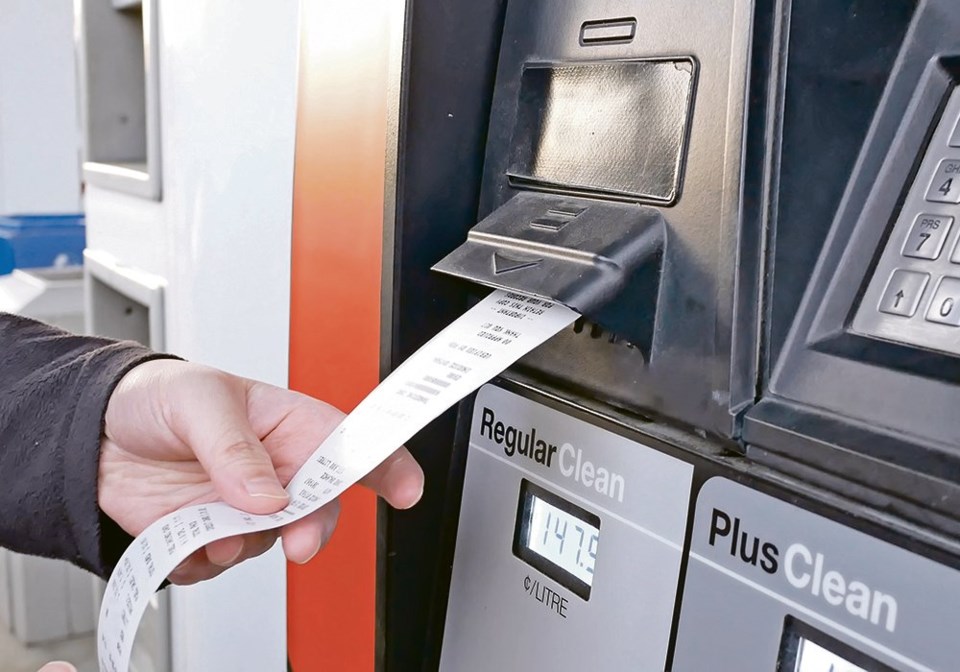WESTERN PRODUCER — Saskatchewan wants to take over administration and revenue from Ottawa’s carbon tax plan.
Premier Scott Moe said the government would make the best decisions on how to return the money within the province.
Ottawa rejected the province’s previous proposal, but the premier said he is asking the federal government to reconsider that position.
“If we had the provincial administration of the carbon tax, we would be able to come in with a much more reactive carbon credit, carbon offset, system that truly would make a difference when it comes to emissions,” he told reporters.
Industries, including agriculture, could invest in reducing their carbon footprint, he said.
“What it is today is entirely a wealth transfer from many of those emitting industries to people across Canada.”
Moe referred to the carbon tax as ridiculous and said the province has obviously been part of the political football game that it has become, but he said the Supreme Court of Canada has ruled and the tax is in place.
“What we are saying is treat Saskatchewan like other provinces, accept the submission that we have put forward so we can actually move forward and, in some ways, make it as logical and effective as it can be,” he said.
“This is not an area where the federal government actually wants to be,” he added. “They do want this to be provincially administered so that it can be reactive to the various diversity that we have across this nation.”
Moe said if the tax is going to have any impact it has to be reinvested.
Meanwhile, the Parliamentary Budget Office last week issued new analysis of the federal government plan called A Healthy Environment and A Healthy Economy. It showed consumers in the four provinces included in the federal carbon program, those provinces that lack a carbon tax of their own, will pay more than they get back as the carbon price increases.
It is set to rise another $15 a tonne on April 1 until it reaches $170 per tonne in 2030.
The analysis of economic impact through to 2030-31 found that most households in Ontario, Manitoba, Saskatchewan and Alberta will see a net loss under the plan.
“That is, the costs they face, including the federal carbon levy, higher GST and lower incomes, will exceed the Climate Action Incentive rebate they receive,” said Yves Giroux, the parliamentary budget officer.
The analysis said those with the lowest income should still receive rebates but those with middle to high incomes will pay.
For example, in Alberta, lowest-income households will get back $246 in 2021-22, but those with the highest incomes will pay up to $1,925. The average net loss will be $507.
By 2030-31, those numbers are estimated at $660 and $7,402, respectively, with the average net loss of $2,282.
In Saskatchewan, the net rebate to lowest income households this year is $239, while the highest incomes will pay $1,417 for an average net loss of $309. The average net loss rises to $1,464 by 2030-31.
In Manitoba, lowest income households will get rebates of $156 this year, while highest-income households pay $996, for an average net loss of $225. In 2030-31, the average loss is $1,145.
Moe and others have called on the federal government to not impose the increase planned for April 1, given the war in Ukraine and the need for Canada to supply more food and fuel to other parts of the world.
He said Saskatchewan has sustainable products, including uranium, potash and oil, that the world needs to buy from a trusted partner.

